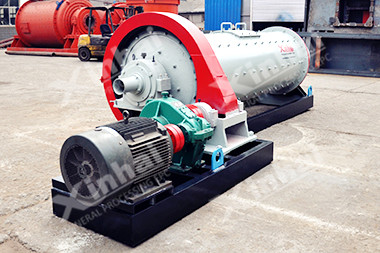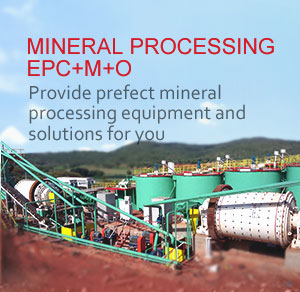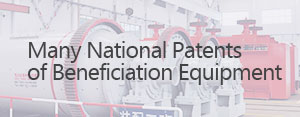- Home
- About
-
Mineral Processing EPC+M+O

Providing optimized solutions for your mine, one-stop service for mineral processing plant!
View details -
Product
- Grinding
- Classifying
Grinding & Classifying
- Flotation
- Gravity Separation Equipment
- Magnetic Equipment
- Gold Extraction Equipment
- Washing Equipment
Separating Process
- Thickening
- Dewatering Machine
Thickening & Dewatering
- Accessories
- Auxiliary Product
Consumables

Xinhai mineral processing equipment mainly include: grinding equipment, flotation equipment, dewatering equipment, magnetic separation equipment, and so on. Some of the equipment is Xinhai independent research and development, and has been awarded national patent. View details
-
Solutions
- Gold Tailings
- Tailings
Tailings

Gold CIP Production Line adsorbs gold from cyaniding pulp by active carbon including 7 steps: leaching pulp preparation, cyaniding leaching, carbon adsorption, gold loaded carbon desorption, pregnant solution electrodeposit, carbon acid regeneration, leaching pulp. View details
- Case
-
News
- Contact
Analysis of Phosphate Rock Resource Landscape and Price Trends
2025-02-21 XinHai Views (224)China ranks second globally with 3.44 billion tons of phosphate reserves, yet faces significant quality challenges. 85% of deposits are sedimentary-type, with over 90% concentrated across Yunnan, Guizhou, Hubei, and Sichuan provinces. High-grade ore (P₂O₅≥30%) constitutes less than 20% of total reserves. This "large but weak" resource structure results in an average national ore grade of 17%, far below resource-rich countries like Morocco. More critically, existing high-grade reserves may only sustain 10-15 years of mining, sounding the alarm for resource depletion.
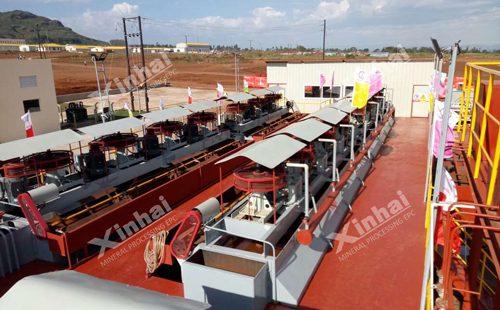
Price Volatility: Value Restructuring in the New Energy Era
The 2024 phosphate market exhibits a "dual reality": while traditional fertilizer demand still accounts for 60%, new energy sector demand surges at 30% annual growth, with lithium iron phosphate batteries now consuming over 15% of phosphate output. Driven by supply-demand imbalances and environmental production limits, prices have breached 1,000 RMB/ton, marking a 20% year-on-year surge. Notably, this upward trend shows strong sustainability - new energy demand is projected to drive 50% consumption growth by 2030, potentially pushing prices beyond 1,500 RMB/ton.
Industrial Transformation: From Extensive Mining to Value Optimization
Policy-driven consolidation has achieved notable results: the top five enterprises now control 65% market share, with environmentally compliant large mines contributing over 80% of the 28 million-ton annual output. However, technical bottlenecks persist: utilization rates for medium-low grade ores remain below 60%, with per-ton beneficiation costs increasing by 200-300 RMB and tailings treatment accounting for over 20% of production costs. These structural contradictions are driving industrial upgrading, making technologies like wet-process phosphoric acid purification and associated element extraction critical breakthroughs.
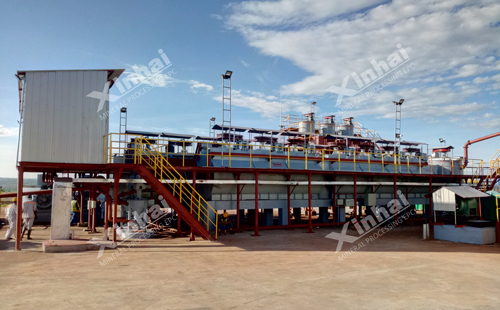
Breakthroughs in Mineral Processing: From Total Utilization to Green Upgrading
Pre-treatment: Scrubbing and Desliming Technology
For heavily weathered ores, high-pressure water jet scrubbing removes surface clay, combined with hydrocyclone classification and desliming, elevating P₂O₅ content by 3-5 percentage points. A Yunnan mining company's "scrubbing-flotation" hybrid process reduced phosphate loss in tailings from 12% to below 5%, achieving 92% concentrate recovery.
Core Separation Technology Matrix
Heavy Media Separation: Using 2.8-3.0g/cm³ silicon-iron suspensions in cyclones enables rapid separation. A Hubei mine reduced costs by 40% compared to flotation when processing 25% grade ore into 29% concentrate.
Flotation Innovation: Dual reverse flotation via "silica removal followed by magnesium elimination" upgraded Guizhou's refractory collophane from 24% to 32% grade. Novel amphoteric collectors improved carbonate removal by 15 percentage points.
Calcination-Digestion Process: For high calcium-magnesium ores, 850°C calcination decomposes dolomite. Subsequent digestion produces 5-10μm calcium-magnesium hydroxides, removing 80% impurities through hydraulic classification. This boosted utilization of Sichuan's low-grade ore from 45% to 78%.
Technological Economic Breakthroughs
Integrated processing solutions have reduced per-ton costs: scrubbing-desliming cuts grinding energy by 30%, heavy media-flotation hybrids decrease reagent consumption by 25%, and smart control systems slash labor costs by 40%. Demonstration projects show 32% concentrate from 20% feed ore with 18% lower overall costs than conventional methods.
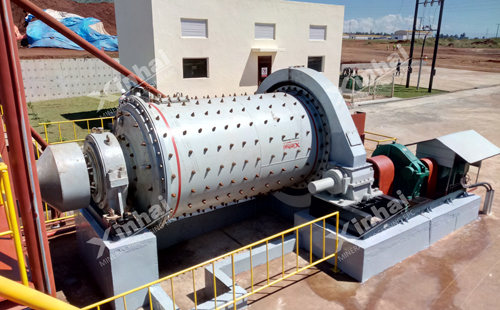
Future Frontiers: Technological Iteration and Global Strategy
Under China's "Dual Carbon" goals, three trends emerge:
Wet-process phosphoric acid purification achieves 99.999% electronic-grade purity
Phosphogypsum utilization technologies convert 60% of waste
Industry leaders accelerate overseas acquisitions, exemplified by Yuntianhua's 98% automated 2-million-ton African processing plant
This resource-technology revolution is reshaping the industry: Enterprises mastering core mineral processing technologies can not only overcome domestic resource constraints but also dominate the global phosphate value chain. As new energy demand synergizes with resource scarcity, the golden age of the phosphate industry has just begun.
The Gold Processing Plant Cost
The core cost composition of the gold ore processing plant covers the cost drivers of the key links such as the size of the selected mineral, the nature of the ore and the processing process.... [more]
Affordable Gold Ore Processing Practical Guide for Growing Enterprises
Gold mining ain't just for the big players anymore. Small and medium-sized enterprises (SMEs) are diving into the game, chasing cost-effective ways to turn ore into profit. ... [more]
Related Article
- Chrome/Chromite mining company in South Africa
- Efficient Chrome Ore Gravity Processing Plants: Cost-Effective Solutions for Mineral Recovery
- What machines are used in lithium processing?
- Manganese Ore Processing Methods and Equipment
- Cutting-Edge Lithium Processing: Advanced Techniques for Beneficiation and Refining
- Silica Sand Processing: Turning Sand into Industrial Gems
- How Hydrocyclones Improve Efficiency in Gold Mining
- Silica Sand Processing Guide : Efficient Methods, Equipment & Cost-Saving Tips
- How Chromium is Pulled from Ore in Simple Steps
- Processing Quartz Ore for High-Purity Applications: Techniques, Challenges, and Industry Impact
Mineral Processing EPC
Solutions
CONTACT US
- Tel: 0086 13641173523
- Fax: 0086 10 59621207
- Email: mhxu@xinhaimining.net
© 2017 Shandong Xinhai Mining Technology & Equipment Inc. Technical Support: Beijing Xinhulian Technology Co., Ltd.
Factory Address: No. 188, Xinhai Street, Fushan high-tech industrial development district, Yantai, Shandong, China


